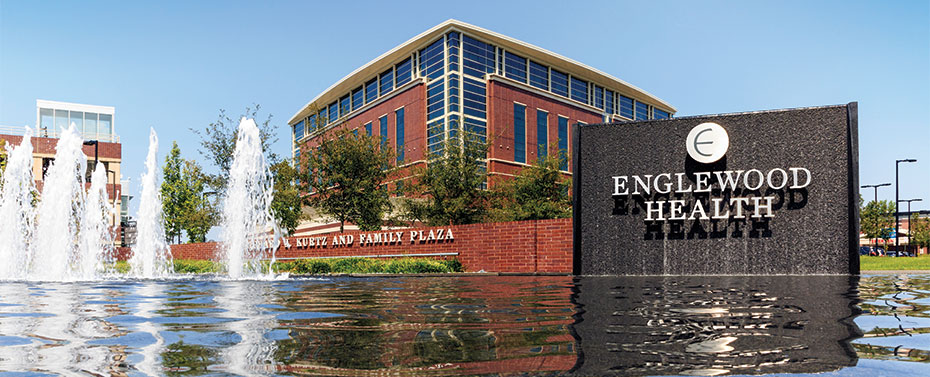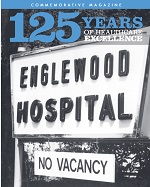Our History

 In 2015, Englewood Health celebrated 125 years of medical excellence and service to our community. We opened with a clear mission: “to care for, nurture and maintain” the sick, injured and infirm. Since admitting our first patient, on June 25, 1890, in a 12-bed wood-framed building, our story has been one of steady expansion and modernization, increasingly specialized expertise, and a steadfast commitment to providing outstanding medical care to our neighbors in a humanistic environment.
In 2015, Englewood Health celebrated 125 years of medical excellence and service to our community. We opened with a clear mission: “to care for, nurture and maintain” the sick, injured and infirm. Since admitting our first patient, on June 25, 1890, in a 12-bed wood-framed building, our story has been one of steady expansion and modernization, increasingly specialized expertise, and a steadfast commitment to providing outstanding medical care to our neighbors in a humanistic environment.
